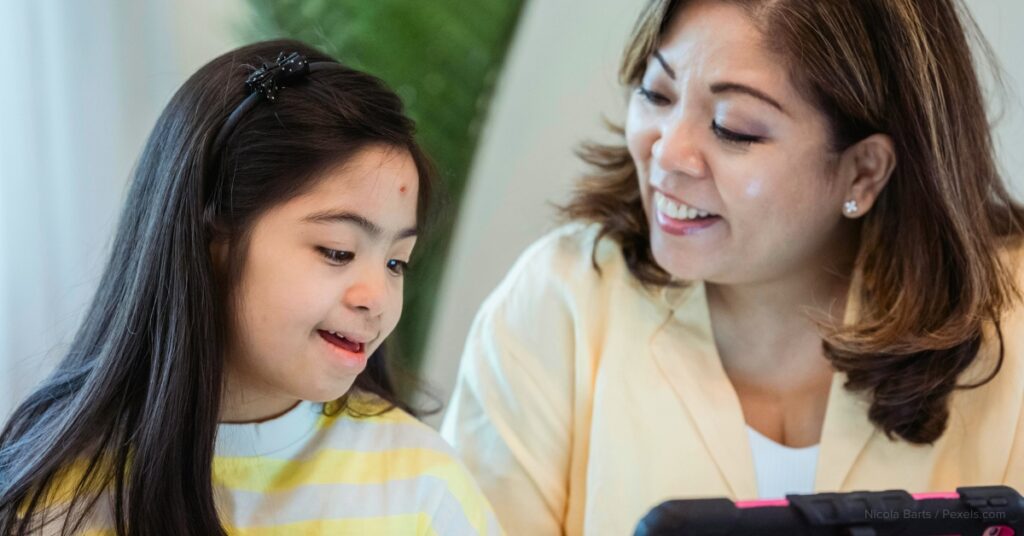Children in the autism spectrum can face roadblocks to language development. This article will focus on how speech therapy helps with autism.
One of the early signs of Autism Spectrum Disorder (ASD) is problems with communication. Children in the autism spectrum can typically face roadblocks to language development, most notably speech delay. This article will explore this relationship, focusing on how speech therapy helps autism.
Is Speech Delay A Sign of Autism?

Many children with autism experience delays in their language development, making speech delay a common issue among this group. However, this challenge isn’t restricted solely to individuals on the autism spectrum. Unsurprisingly, children without autism also frequently experience speech delays nearly as often as those with autism. Repetitive language patterns are another communication issue frequently seen among children with ASD.
Aside from problems with verbal communication, they also commonly face issues with understanding social cues and responding appropriately, rendering non-verbal signals such as facial expressions or gestures difficult to read and adopt.
Differentiating between speech delay and autism entails assessing various factors, including social interactions, speech patterns, and motor skills. Seeking evaluation from a speech-language pathologist is advisable if a child shows signs of delayed speech or autism.
How Speech Therapy Helps Autism

Given the prevalence of communication problems with ASD, it is important to consider speech therapy as a possible aid. Speech therapy addresses language and communication challenges, aiming to enhance verbal, non-verbal, and social communication abilities in individuals who need support, including those with autism.
Speech therapy programs typically commence with an evaluation conducted by a speech-language pathologist. Based on this assessment, the SLP devises personalized therapy goals, including improving spoken language, acquiring nonverbal communication skills like signs or gestures, or learning alternative communication methods such as pictures or technology.
The success of speech therapy relies heavily on early intervention. Studies consistently show that starting therapy early is key to helping children improve, as young brains are more adaptable during critical periods of development.
What are Speech Therapy Exercises?

Speech therapy sessions may focus on a range of skills, including:
- Strengthening oral, jaw, and neck muscles
- Improving articulation for clearer speech
- Recognizing and expressing emotions through facial expressions
- Understanding and interpreting body language cues
- Responding appropriately to questions
- Associating pictures with their meanings
SLPs (Speech-Language Pathologists) use different methods to help children improve their speech, understanding of language, and social skills. These include practicing speaking specific sounds (called Articulation Exercises) and learning social skills through tools like social stories.
One approach that stands out is the Video Modeling Method. It’s endorsed by respected institutions like Harvard University and the American Psychological Association because it’s been shown to have a positive effect on children, especially those with ASD.
Mylo and Speech Therapy Hand-in-Hand

At Mylo Speech Buddy, we use this problem method to create a supportive platform for children with autism spectrum disorder to improve how speech therapy helps Autism. Our Mylo app may not be a substitute for professional speech therapy, but it provides a comprehensive and engaging learning experience that you can access directly from your device. Download the Mylo Speech Buddy app today.

